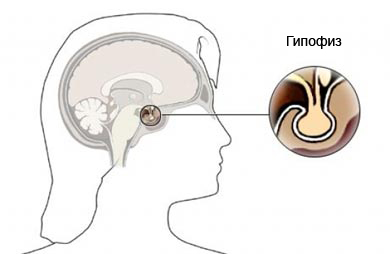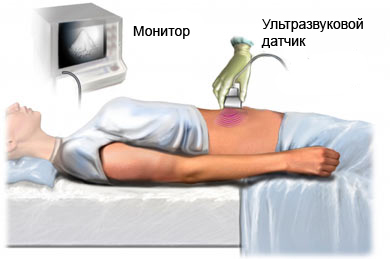Apoplexy
Description apoplexy
Apoplexy is bleeding into the inner cavity of the body or organ. There are various forms of apoplexy, including adrenal apoplexy (ie. bleeding in the adrenal glands) and pituitary apoplexy (ie. hemorrhage in the pituitary gland).

Reasons apoplexy
Can cause apoplexy:
- The growth of the tumor;
- Hormonal Imbalance;
- Blood clot (Thrombus);
- Limited venous blood flow;
- Acute illness;
- Drastic changes in blood volume and blood pressure;
- Clotting disorder.
Risk factors
Factors, which increase the risk of apoplexy:
- Anhormonia;
- Previous surgery;
- Bleeding;
- Trauma.
Symptoms of apoplexy
The following symptoms may be caused not only by apoplexy. They can be caused by other, less serious diseases.
- Headache;
- Nausea;
- Loss of sight;
- Double vision;
- Mental change;
- Pain;
- Fatigue.
Diagnosis of apoplexy
The doctor asks about the symptoms and medical history, performs a physical exam. Tests may include the following:
- Blood tests;
- Urine;
- CT scan – type of X-ray inspection, wherein the computer is used, to make pictures of structures inside the body;
- Magnetic resonance imaging (MRT) – test, which uses magnetic waves, to make pictures of structures inside the body;
- Ultrasonography – test, which uses sound radiation, to take a picture of structures inside the body.

Treatment apoplexy
After the state of health after a stroke is stabilized, depending on the cause and location of apoplexy treatment options include:
- Medication – Corticosteroids or hormonal agents can be used to correct hormonal imbalance;
- Operation – if a stroke was caused by a tumor, the tumor can be surgically removed.
Prevention apoplexy
Currently known methods of preventing apoplexy.
